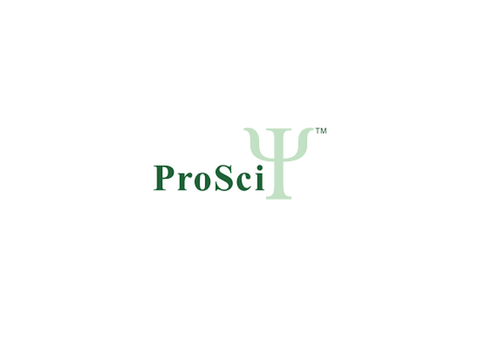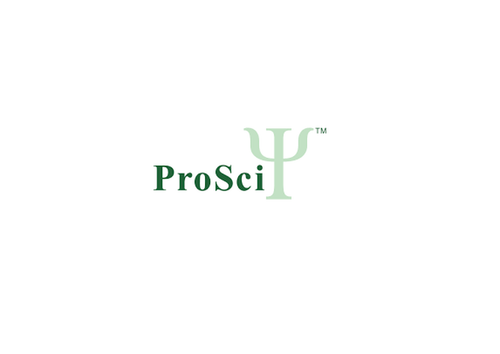Product Description
Grik Detection Set | PSI-1824 | ProSci
Host: N/A
Reactivity: Human
Homology: N/A
Immunogen: Rabbit polyclonal antibodies were raised against peptides corresponding to amino acid sequences from each of the corresponding proteins.
Tested Application: WB, IHC, IF
Application: N/A
Specificity: N/A
Purification: Antibodies are supplied as affinity chromatography purified IgG.
Clonality: Polyclonal
Isotype: N/A
Conjugate: N/A
Physical State: Liquid
Buffer: PBS containing 0.02% sodium azide.
Concentration: Antibody 1 mg/mL
Storage Condition: Stable at 4˚C for three months, store at -20˚C for up to one year.
Background: Glutamate receptors are the predominant excitatory neurotransmitter receptors in the mammalian brain and are activated in a variety of normal neurophysiologic processes. Grik1, also known as glutamate receptor 5, belongs to the kainate family of glutamate receptors, which are composed of four subunits and function as ligand-activated ion channels. Grik1 is expressed in GABAergic interneurons of the hippocampus and are thought to participate in the formation of various subtypes of kainate receptors with Grik2 and Grik5/KA2. Stimulation of Grik1 leads to intracellular calcium release and activation of protein kinase C. Excessive activation has been associated with psychiatric, neurological and neurodegenerative diseases. Grik2, also known as glutamate receptor 6, may be associated with autosomal recessive mental retardation and possibly other neurological disorders such as schizophrenia. Numerous isoforms of Grik2 are known to exist and may be subject to RNA editing within the second transmembrane domain, which is thought to alter the properties of ion flow. Grik3, also known as glutamate receptor 7, has recently been shown to be an essential subunit of presynaptic kainate autoreceptors at hippocampal mossy fiber synapses as grik3-null mice show significantly reduced short- and long-term synaptic potentiation. Grik4 codes for the KA1 subunit of kainate-type ionotropic gluatamate receptors; mutations in this gene show significant association with both schizophrenia and bipolar disorder. Grik5, also known as kainate-preferring glutamate receptor subunit KA2, does not form homomeric channels, but instead forms heteromers with Grik2. In Grik2- but not Grik1-null mice, Grik5 surface expression is greatly reduced in neurons, indicating that Grik2/Grik5 heteromers are required for exit from the endoplasmic reticulum to the cell surface.
For images please see PDF data sheet
User Note: Optimal dilutions for each application to be determined by the researcher.
 Euro
Euro
 USD
USD
 British Pound
British Pound
 NULL
NULL












